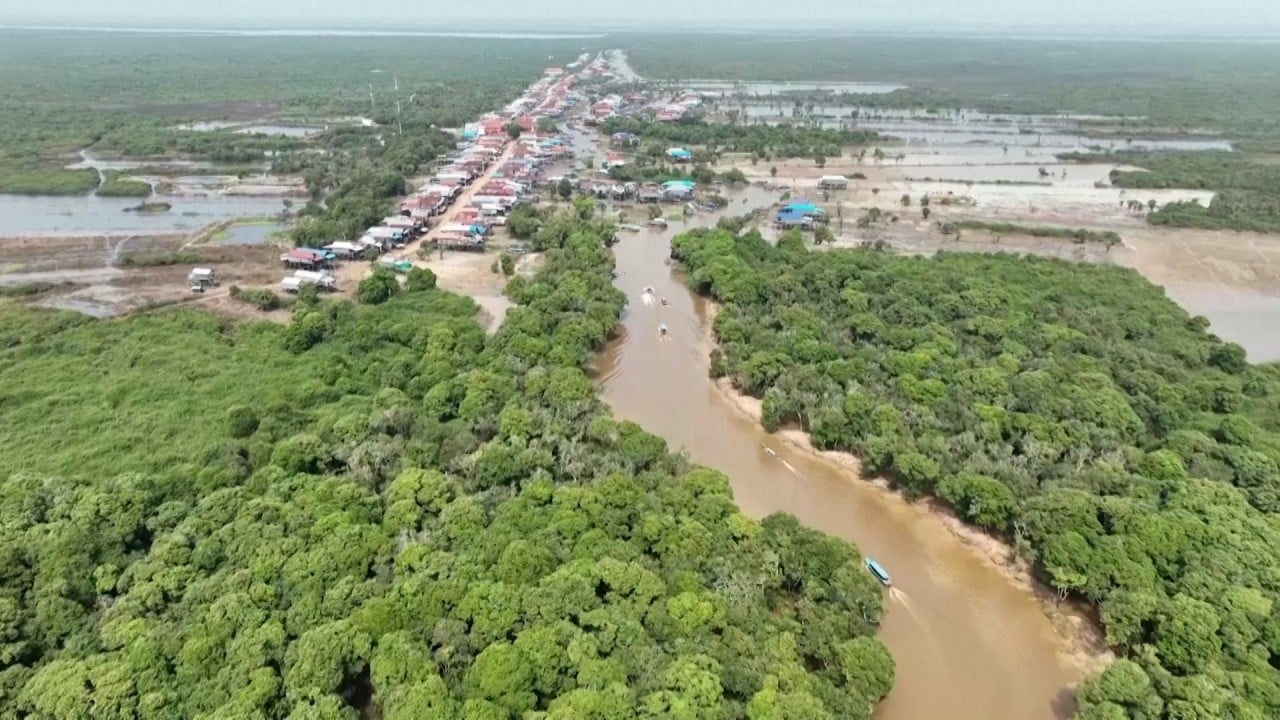
Chinese crops at risk as extreme drought warning issued for central and northern areas
- Henan province calls for its local governments to take emergency measures, with water for homes and livestock a priority
In Henan province, the weather bureau issued an orange drought alert on Wednesday morning, the second in a three-tier system. An orange alert is usually issued when between three and five provinces are experiencing drought and it is expected to develop further.
The forecaster said 16 of a total of 17 cities in the province had detected drought that lasted 10 days and was expected to develop further the following week. The temperature in its capital Zhengzhou was expected to get as high as 41 degrees Celsius (105 Fahrenheit) on Wednesday and remain in the high 30s in the following days.
Henan has called on local governments in the province to “take emergency measures against the drought” and disperse all available water sources in the area, with priority given for residential water and drinking water for livestock.
Water for the service sector would be limited to ensure adequate supplies for irrigation, and artificial rain should be increased when necessary, it said.
On Tuesday, Beijing’s agriculture ministry issued an alert for high temperatures and drought in northern and central China, including parts of Hebei, Shanxi, Shaanxi, Henan, Shandong and Anhui. For these areas, which traditionally have high soy bean and corn production, it warned there was a high risk of crop seedlings being damaged.
According to state broadcaster CCTV, in June the temperatures in parts of Shandong, Henan and Jiangsu are 1 to 2 degrees higher than last year, while rain fall decreased by 20 to 50 per cent.
In Shandong, persistent heat could endanger fruit production. The Beijing News reported on Tuesday that fruit production was expected to drop 30 per cent in the Yimengshan area, and trees and crops were dying because of a lack of water.
One farmer told the newspaper that many reservoirs in the area had dried up. She and her father were lining up every day – sometimes at 2am – at another reservoir for irrigation water.

A government official in Shandong’s Mengyin county told the newspaper they had not experienced a drought like this in the past, and all local governments were trying to think of creative ways to cope with the crisis, including digging deeper into rivers and drawing all supplies from reservoirs.
In the past few months, several areas have experienced extreme weather. In the south – including Guangdong, Jiangxi and Guangxi – cities have been hit with heavy rain and floods.
In April, water levels in the Bei River, a tributary of the Pearl River in Guangdong, exceeded 50-year highs, while there was record cumulative rainfall in several areas.

.jpg?itok=H5_PTCSf&v=1700020945)
